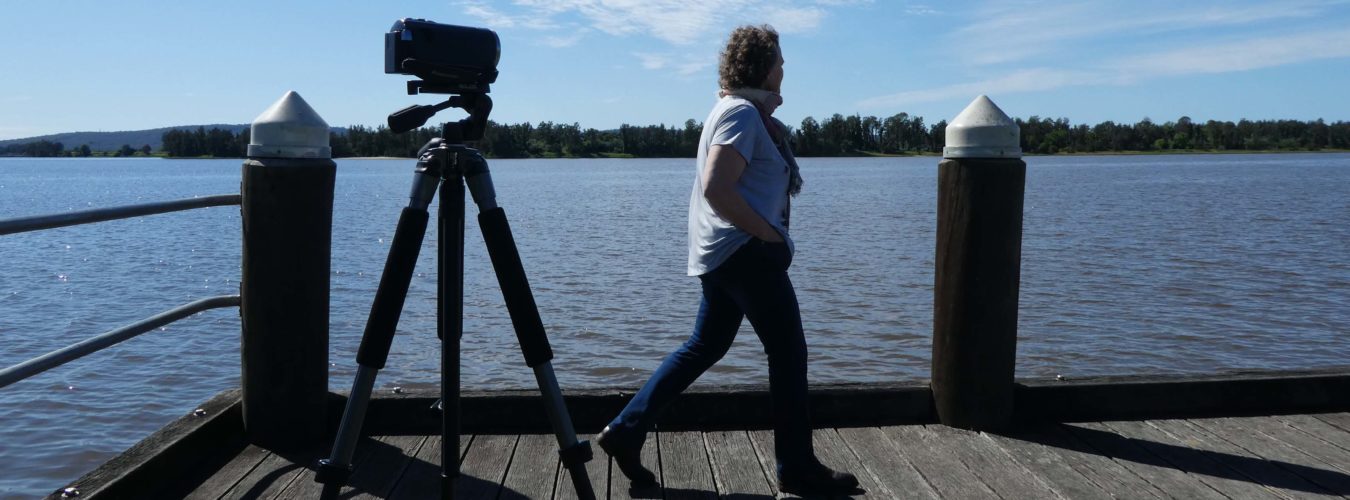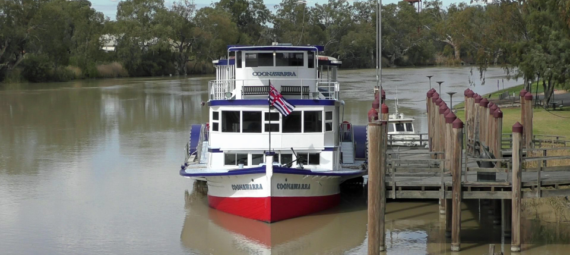September 2022: Barkindji Country
It’s hard to imagine the busy river port Wentworth once was as you walk the quiet streets of today.
Located at the confluence of the Darling and Murray Rivers it was a thriving inland trade hub during the second half of the nineteenth and the beginning of the twentieth century – one of the most impotant in NSW.
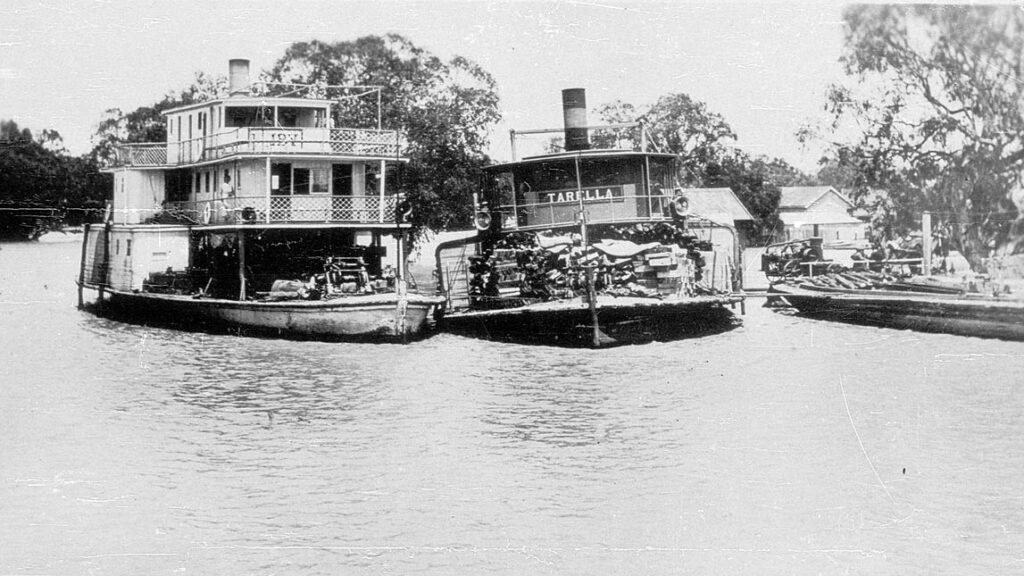
It was a time when paddle steamers with barges travelled the narrow, often unreliable watercourses of western NSW to supply vast sheep stations and towns and to carry agricultural produce out to market.
The most important era of inland river transport was the 50-year period between
1864 and 1914. It reached its peak during the decade 1870–1880 and finally ended in the mid-1930s – beaten by the arrival of the rail era.
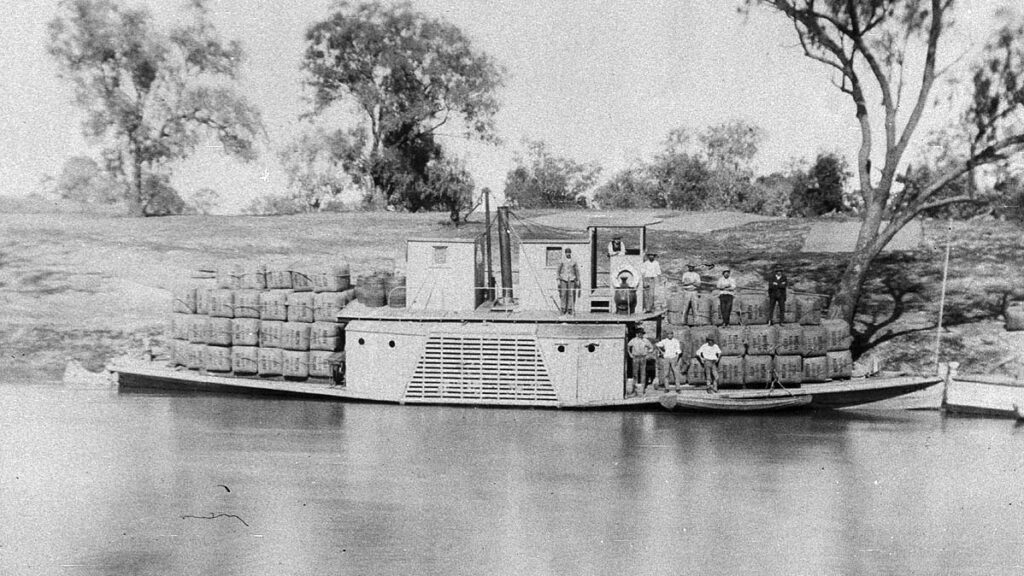
Those days may be long gone for Wentworth, but the reminders of the prosperous riverboat days remain in its historic buildings and landmarks, and of course in the Murray and Darling Rivers that meet there.
It’s still a very boaty place even today with large numbers house boats and leisure boats moving up and down.
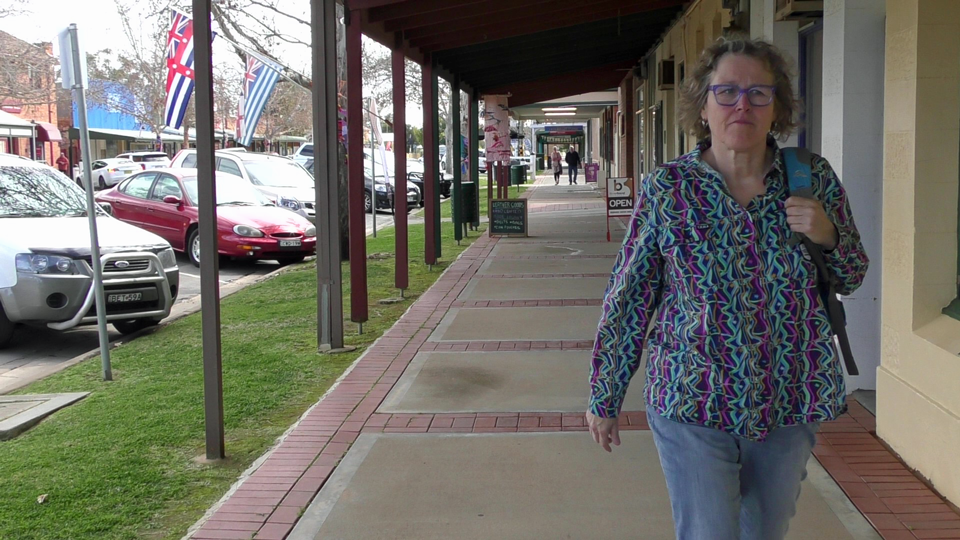
History buffs will enjoy this lovely little town just half an hour’s drive from the busy Victorian city of Mildura, and it’s just a few hours in the car to the facinating mining town of Broken Hill.
What we did
The Wharf
Like the riverboat days, the original old timber wharf built on the edge of the Darling River in 1879 is gone. A replica of the wharf now stands at the spot and it’s the prefect place to watch the comings and goings on the river and let your imagination run.
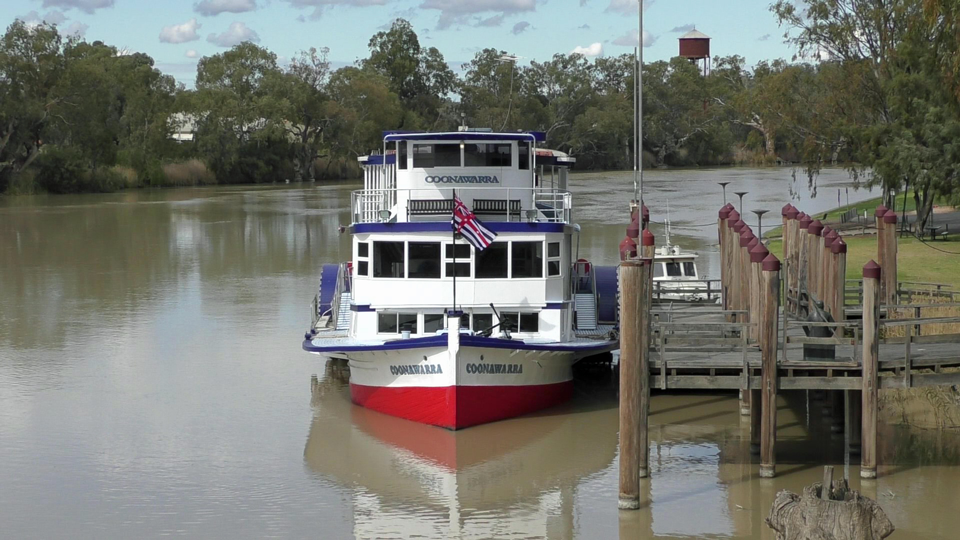
The Paddlesteamer Coonawarra from Mildura was conveniently moored there on the day of our visit as if to remind of us of the glory days. Back then, as many as 30 paddle steamers could be docked at the wharf.
Riverboat captain
At the end of the wharf, sitting as if waiting for his next voyage, is a bronze statue of Captain John Egge. Egge is a local legend. After coming to Australia from China as a 16 year old, by 1870 Egge was one of the most successful and respected traders on the river.
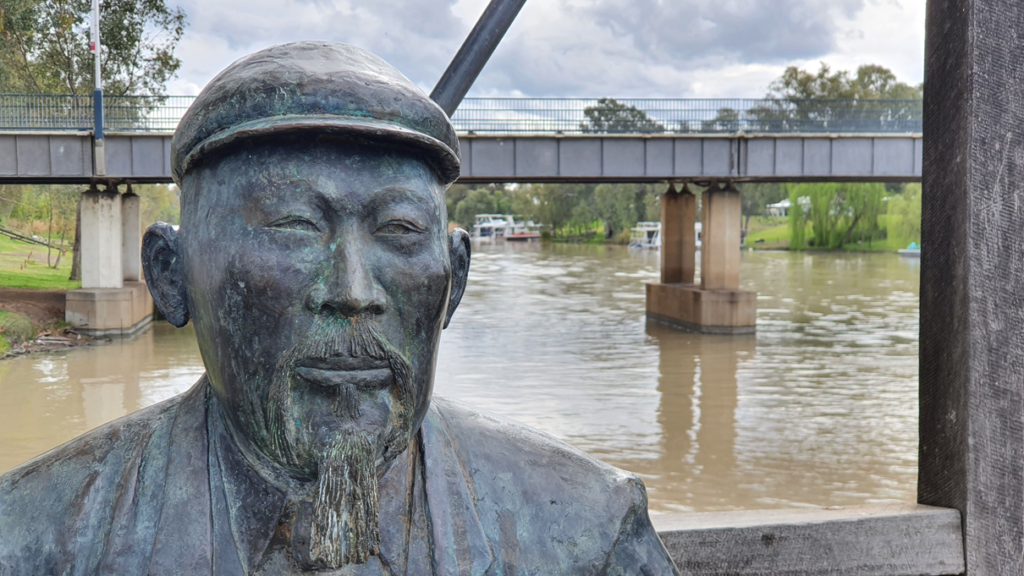
On shore, he also ran a bakery, butchery and floating store which flourished to supply the far flung sheep stations of the west. He and wife Mary had eight children. He died in 1901. He’s buried in Wentworth Cemetery where his gravestone is inscribed with two lines of verse – “So loving, so faithful, so kind – Hard in this world his equal to find“.
Riverboat Rod
If it’s riverboats you’re interested in, then a visit to Rod Hobbs’ quirky and facinating Riverboat Rod’s Model Riverboat Display in Shannon Street is a must.
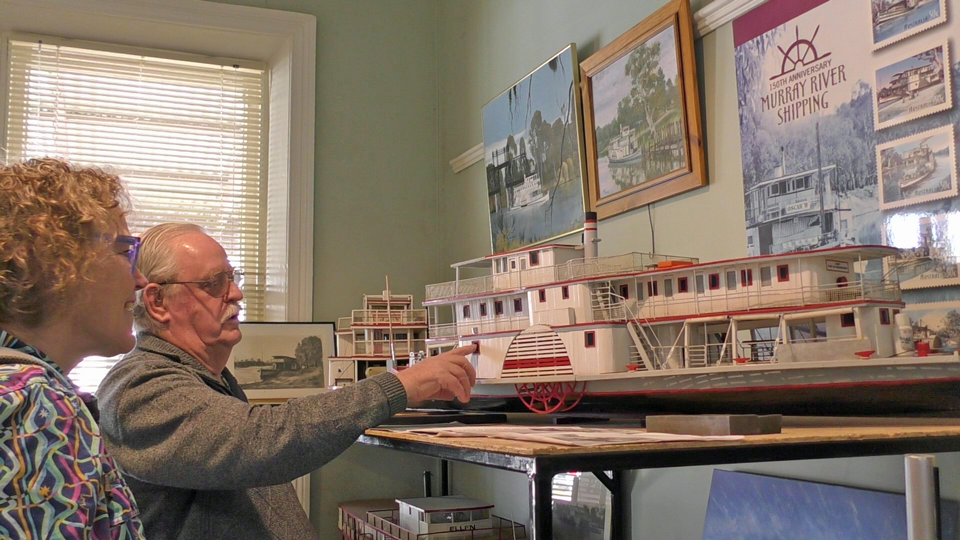
Here you will find more than 30 meticulously hand-crafted models of many of the paddle steamers that once plied the rivers around Wentworth. Each one took hundreds of hours to complete. Each one as close to the original as possible.
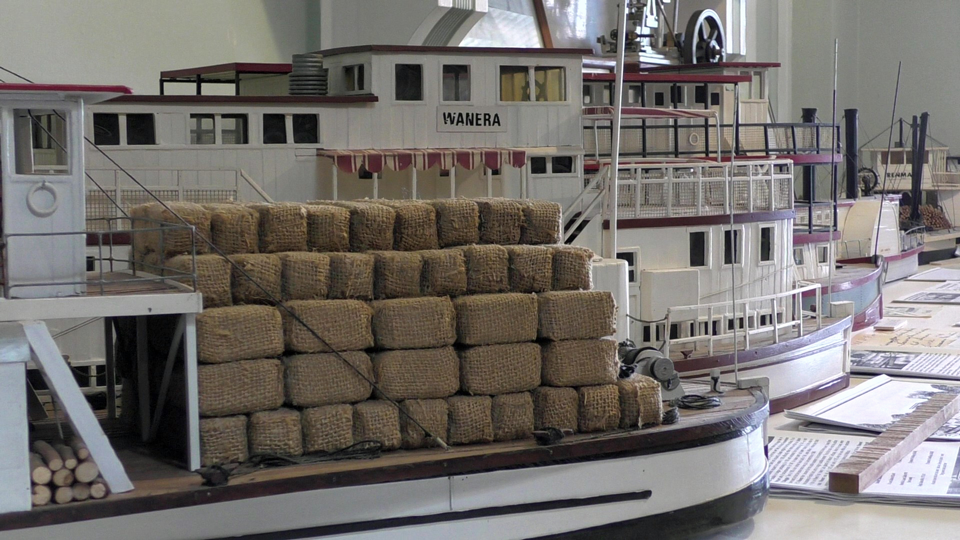
The master model-maker himself is on hand to talk about his work and the history of each vessel. It’s a personal labour of love for Rod Hobbs whose grandmother, Daisy, worked as a nanny on the PS Alpha, caring for the children of Captain William Collins and his wife Emma. The Collins familly had a floating shop that stocked groceries and drapery which they sold to settlers up and down the rivers.
Junction Park
The Murray Darling river system is one of the largest river catchments in the world, draining all the rivers west of the Great Dividing Range. Wentworth is at the junction of two of the longest of these waterways – the Murray and the Darling.
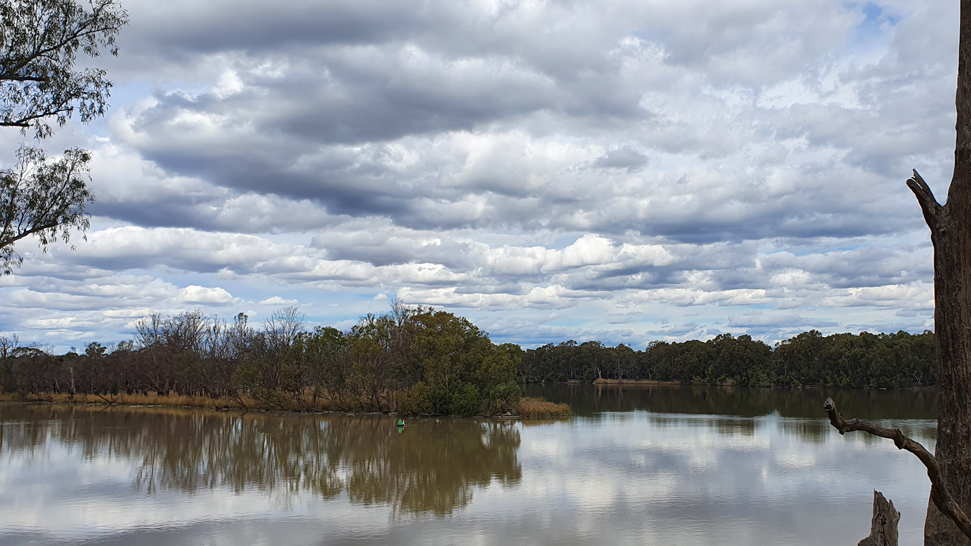
Junction Park with its viewing tower, will allow you to get some perpective on this confluence. The tower was built in 1991. Thre are 35 steps to the top.
Locks and weirs
In the riverboat days, navigation of the waterways was not always straightforward. The dry climate meant river heights varied greatly and submerged snags were always an issue – puncturing hulls and smashing paddle wheels. It was not uncommon for boats to become stranded by falling river heights.
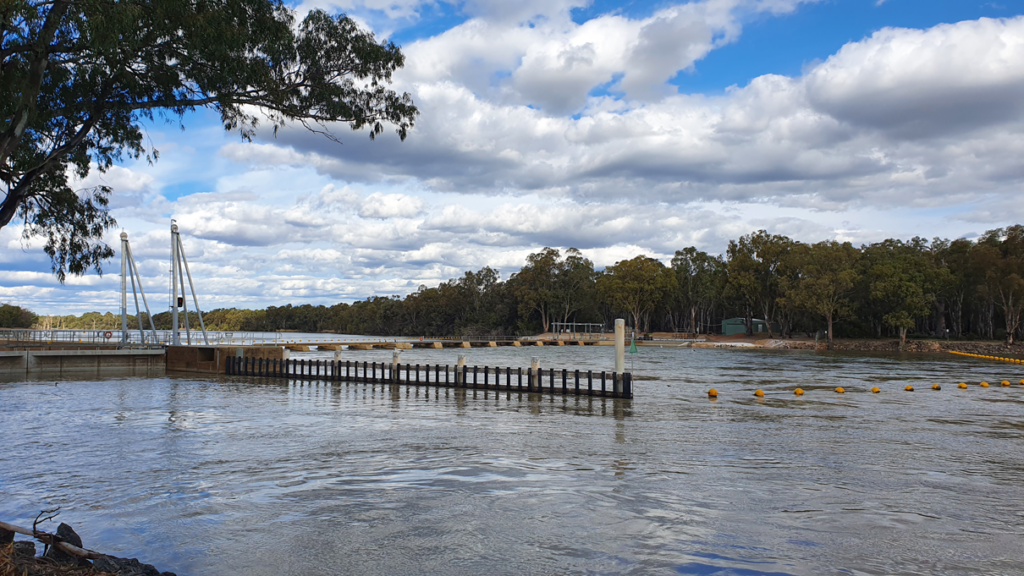
To try and improve the situation, it was proposed to build a series of 75 weirs with locks – including 40 on the Barwon-Darling, 26 on the Murray and 9 on the Murrumbidgee. The first was built near Bourke on the Darling River in 1897.
While not all of the proposed structures ended up being built before river transport was overtaken by rail, many remain. Consequently, the Muray River is permanently navigable for about 1000km from the Murray mouth near Goolwa, to above Mildura.
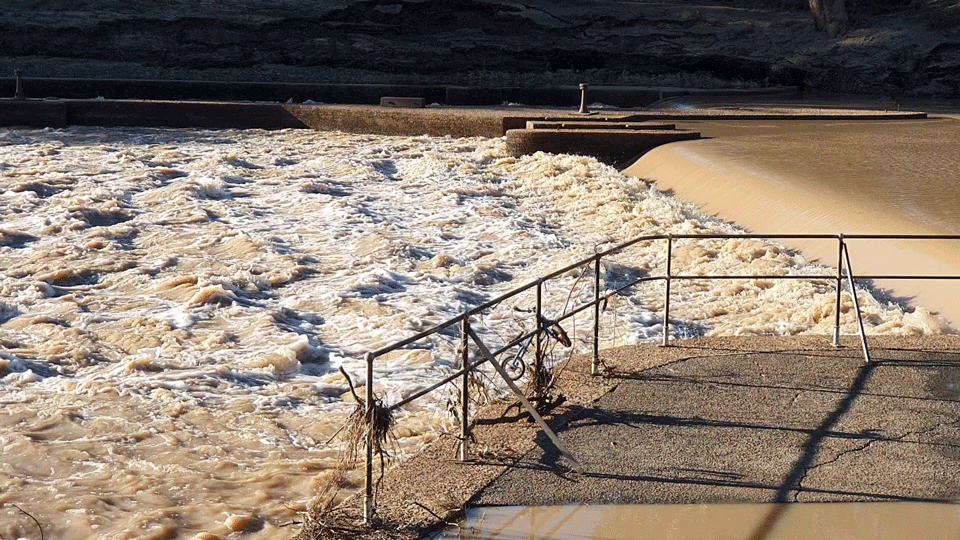
There are eleven weirs with locks on the Murray, each raising the water level behind it by an average of 3.1 metres. They create a continuous series of stepped pools from Blanchetown to Mildura. They are important not just for boat navigation but also for irrigation.
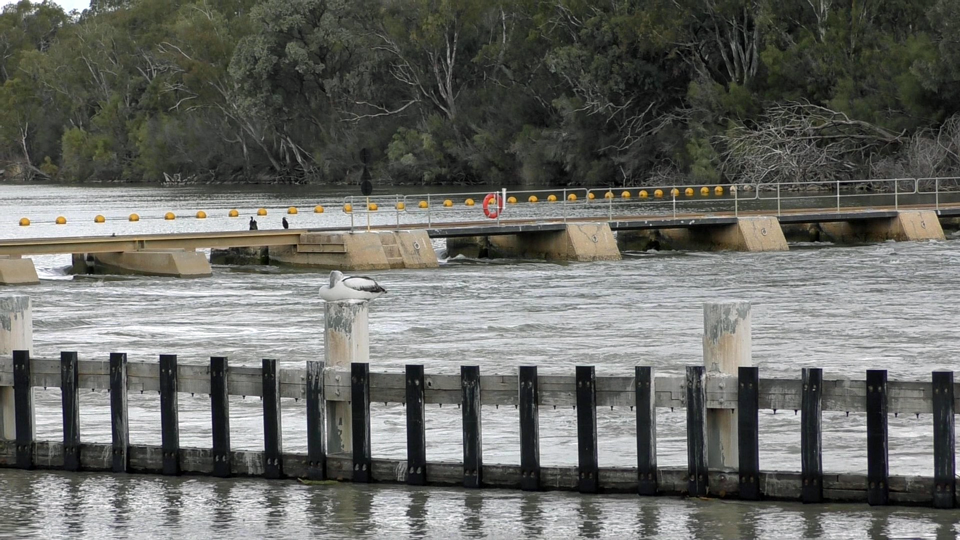
A short drive or walk from Juntion Park will take you to Wentworth’s Lock 10 and weir. This was built in 1929.
Gaol
This 1879-81 built gaol was designed by colonial architect James Barnet. It’s well worth a wander around. The gaol consists of a 4m high brick walled compound, accessed through an elaborate entrance with rendered quoins, rendered voussoirs in the semi-circular arch, and a prominent keystone.
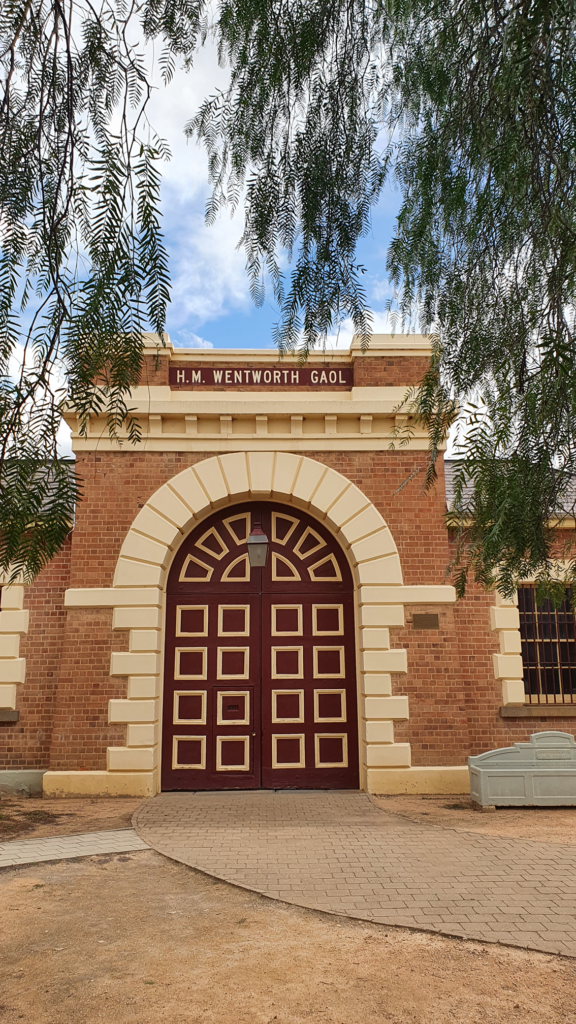
xxxxxx
It’s an interesting snapshot of how justice was done in the past, and the buildings are in very good condition. Very similar design to a similar gaol at Dubbo. You can take a self-guided tour – and there are ghost tours and history tours from time to time.
Pioneer Museum
Right across the road from the gaol is the Pioneer Museum – focusing on thousands of items from the local area. Among the features is a huge painting giving a bird’s eye view of the town, emphasising its location at the confluence of the two rivers.
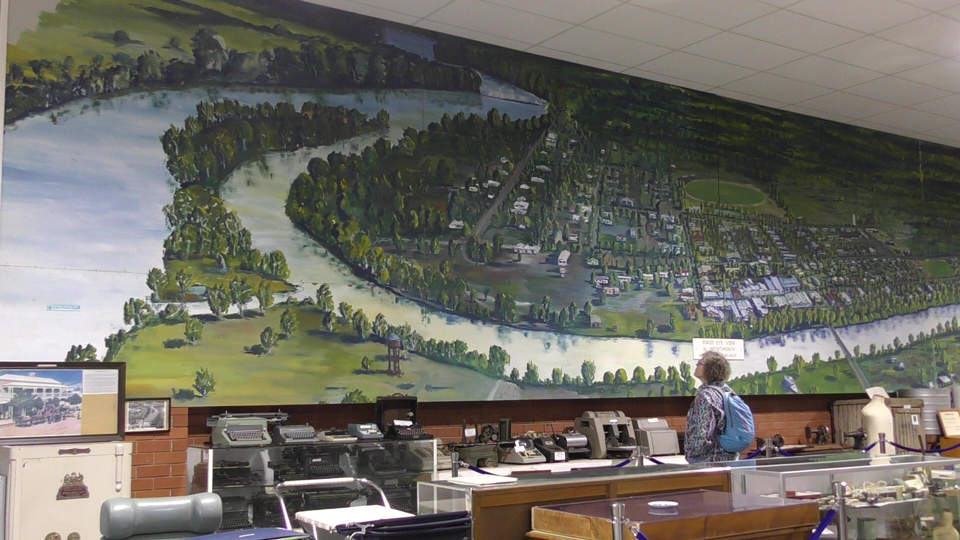
xxxxxxxx
There are also examples of local fossils and models of now extinct megafauna believed to have lived in the area before the last ice age. Naturally, there is a significant paddle steamer display and much more about local heritage.
Where we ate
Lock 10 and Weir Restaurant is a popular local eatery set in a beautifully renovated historic building in the heart of town. Among the building’s many former uses was as headquarters for several riverboat companies and later, the local picture theatre.
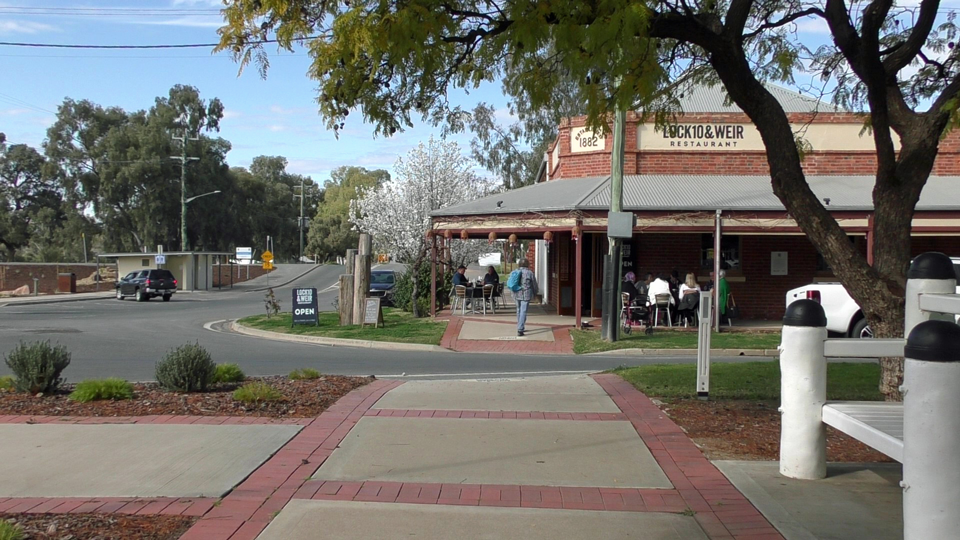
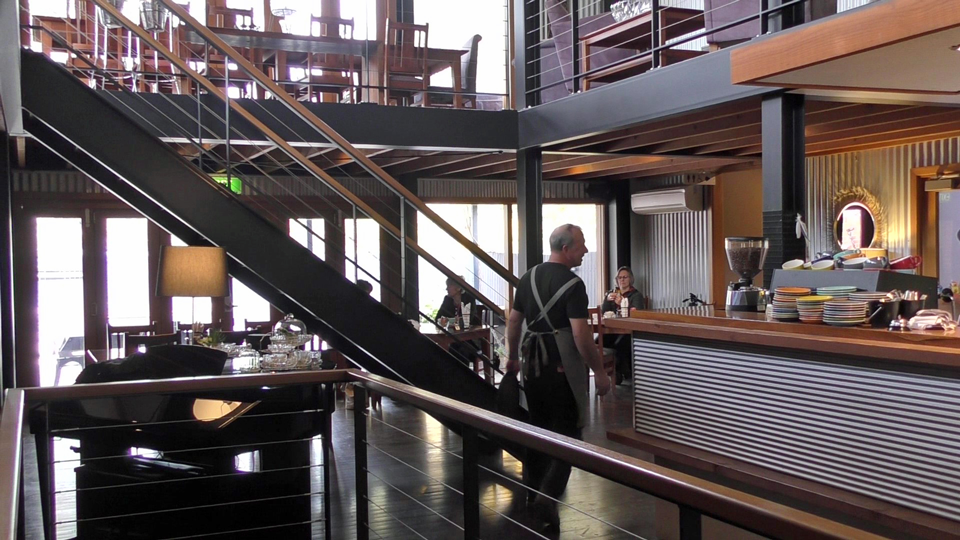
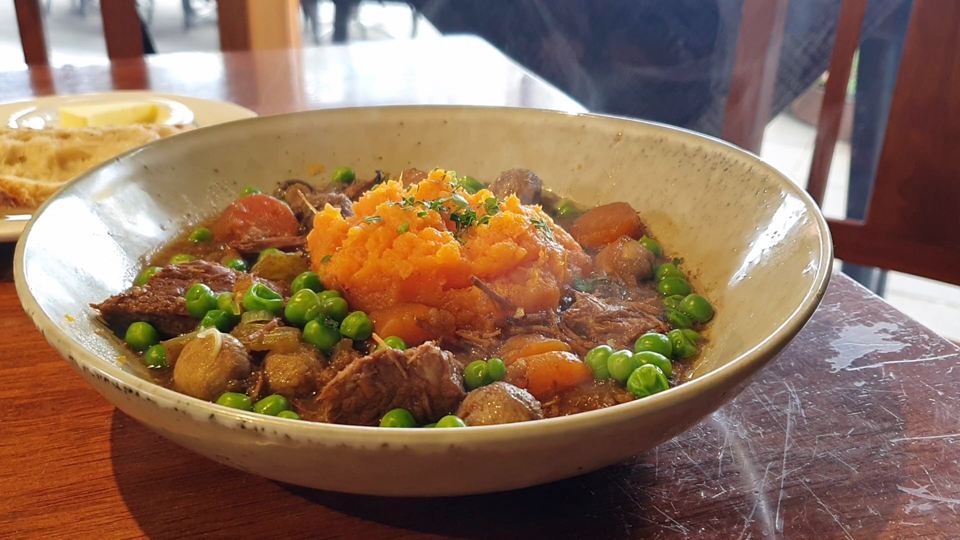
We stopped there for coffee on arrival and then for a delicious lunch after a day of wandering around the local attractions. Opening hours are Friday 9am to 2pm and 5.30pm to 8.30pm., Saturday and Sunday, 9am to 2pm.
